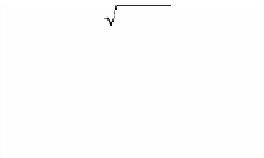Graphics Reference
In-Depth Information
the definitions in Section 8.8 better. The reason for using sets
U
p
will become appar-
ent later in Section 8.8.
Note.
Trying to handle both closed manifolds and manifolds with boundary does
introduce some complications because results involving the latter sometimes need
special hypotheses. One difference shows up when it comes to limits or derivatives.
In the future, such limits or derivatives at points on the boundary should always be
taken to mean one-sided limits or derivatives although we shall not explicitly say so.
With that standing assumption, theorems that we state for manifolds will hold for
both types unless we say otherwise.
We shall see that one important difference between a subset of
R
n
being a topo-
logical manifold and being a differentiable manifold is that a subset that is a differ-
entiable manifold has a nice, unique “tangent plane” at every point. Think of a sphere
and its tangent planes. A precise definition of tangent planes will be given in the next
section. Their existence is a consequence of the regularity of the local parameteriza-
tions. For that reason, the regularity property of local parameterizations is an essen-
tial hypothesis and not just a minor property that has been tacked on to the definition.
This means that, although the boundary of a square is a topological 1-manifold, it is
not a C
r
-manifold, r ≥ 1, because there is no unique tangent line at the corners. A more
correct way of stating this fact is to say that the boundary is not a differentiable
sub-
manifold of
R
n
. In general, this section simply specifies sufficient conditions for a
subset to be a differentiable submanifold of
R
n
, namely, a differentiable imbedding of
an abstract manifold as defined in Section 8.8. It should also be pointed out that if a
set
M
is a C
r
manifold, then we have assumed the existence of certain local C
r
para-
meterizations, but it does
not
follow that
every
local parameterization of
M
will be
a C
r
parameterization. See Example 8.3.2 below.
8.3.1. Example.
Euclidean space
R
k
is a k-dimensional differentiable manifold
because we can let
U
p
=
R
k
and let F be the identity map. It is also easy to show that
D
k
is k-dimensional differentiable manifold with boundary
S
k-1
.
8.3.2. Example.
The unit circle
S
1
is a one-dimensional differentiable manifold
because it can be covered by local C
•
parameterizations
(
)
Æ=
S
F
i
:
-
11
,
,
i
1 2 3 4
,,,,
defined by
()
=
( )
()
=
( )
()
=--
2
F
uu
,
1
u
,
1
2
F
u
1
u
,,
u
2
(
)
2
F
u
u
,
1
u
,
and
3
(
)
()
=-
2
F
u
1
-
u
,.
u
4
Each map F
i
covers half of the circle and is a C
•
map since we have stayed away from
u =±1. The maps





